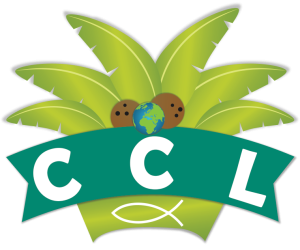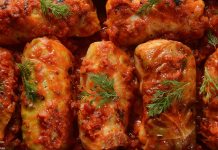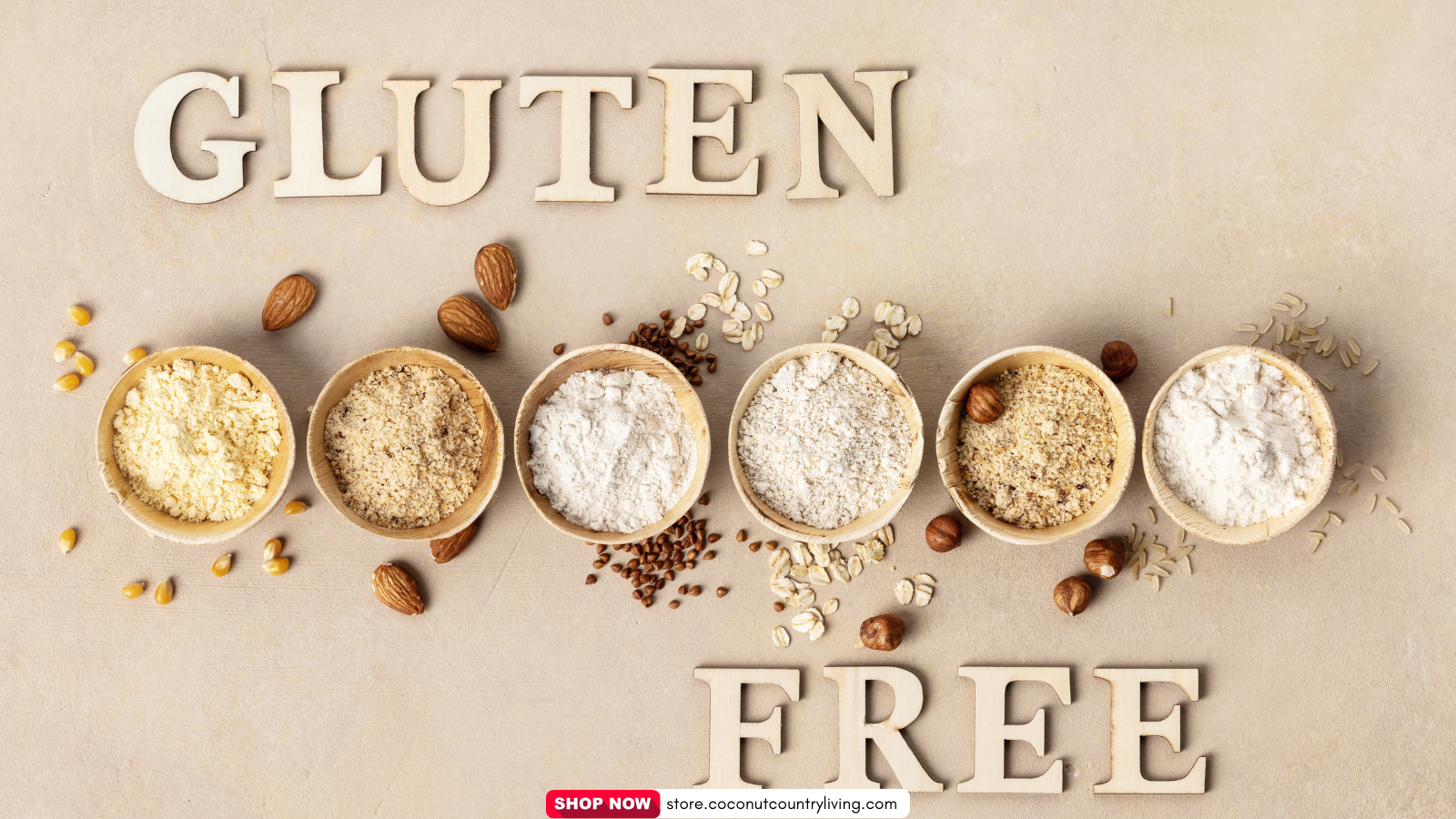
Top Gluten Free Flours for Beginners
Are you new to gluten-free baking and looking for the best flours to get started? You’re in the right place! Gluten-free flours can be a bit overwhelming at first, but with the right information, you’ll be whipping up delicious treats in no time. This article will explore the top gluten free flours for beginners, how to use them, and tips for successful gluten-free baking.
Understanding Gluten-Free Flours
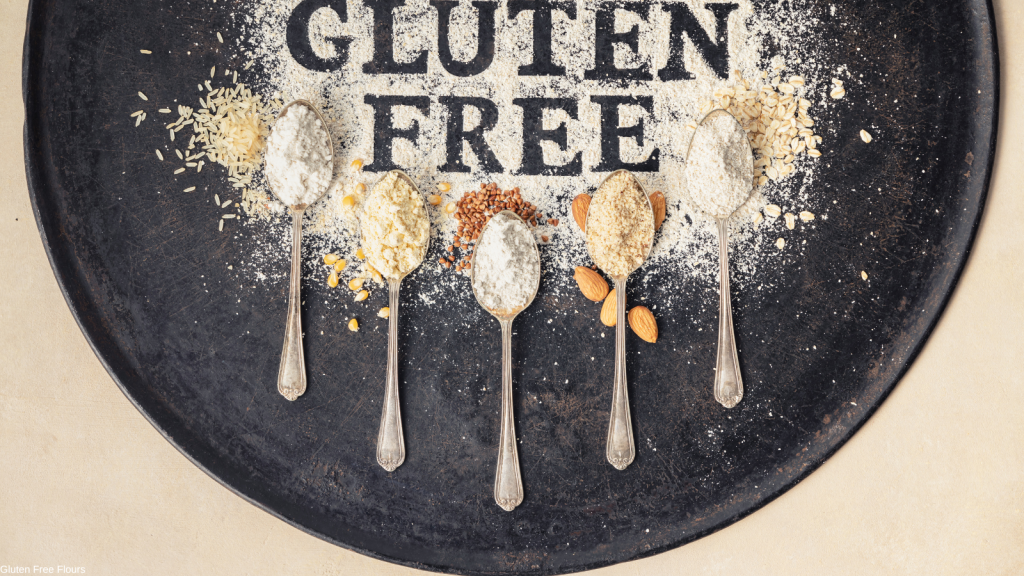 Before diving into specific types of gluten-free flours, it’s essential to understand what gluten is. Gluten is a protein found in wheat, barley, and rye. For those with gluten intolerance or celiac disease, consuming gluten can lead to serious health issues. Fortunately, there are many gluten-free alternatives available that can be used in baking, cooking, and more.
Before diving into specific types of gluten-free flours, it’s essential to understand what gluten is. Gluten is a protein found in wheat, barley, and rye. For those with gluten intolerance or celiac disease, consuming gluten can lead to serious health issues. Fortunately, there are many gluten-free alternatives available that can be used in baking, cooking, and more.
Why Choose Gluten-Free Flours?
Using gluten-free flours allows you to enjoy baked goods without the negative effects of gluten. Additionally, many gluten-free flours are packed with nutrients, making them a healthier choice. They can add unique flavors and textures to your dishes, enhancing your culinary creations.
Top Gluten Free Flours for Beginners
Here are some of the best gluten-free flours for beginners, along with their uses and benefits:
-
1. Almond Flour
Almond flour is made from finely ground almonds. It’s rich in protein, healthy fats, and fiber, making it a nutritious option. Almond flour works best in recipes for cookies, cakes, and pancakes. It adds a slightly sweet, nutty flavor that complements many baked goods.
-
2. Coconut Flour
Coconut flour is another popular gluten-free option. It is derived from dried coconut meat and is high in fiber. However, it absorbs more liquid than other flours, so be sure to use less of it and increase the liquid in your recipes. Coconut flour is excellent for pancakes, muffins, and thickening sauces.
-
3. Brown Rice Flour
Brown rice flour is made from whole grain brown rice. It has a mild flavor and can be used as a direct substitute for wheat flour in many recipes. It works well in gluten-free bread, pasta, and baked goods. Brown rice flour is also a great base for gluten-free flour blends.
-
4. Oat Flour
Oat flour is made from ground oats and is naturally gluten-free (just ensure it’s labeled gluten-free). It adds a mild, slightly sweet flavor to baked goods and is perfect for cookies, muffins, and pancakes. Oat flour also provides extra fiber and nutrients.
-
5. Tapioca Flour
Tapioca flour, also known as tapioca starch, is derived from the cassava root. It is excellent for adding crispiness to baked goods and works well as a thickener in sauces and soups. Use tapioca flour in combination with other flours for the best results.
-
6. Arrowroot Flour
Arrowroot flour is a starchy flour that is great for thickening sauces and gravies. It has a neutral flavor and can also be used in baking. Arrowroot flour is often used in gluten-free flour blends and is an excellent option for beginners.
-
7. Gluten-Free All-Purpose Flour
Many brands offer gluten-free all-purpose flour blends that contain a mix of various gluten-free flours and starches. These blends are designed to mimic the properties of wheat flour, making them perfect for beginners. They can often be used as a one-to-one substitute in traditional recipes.
Tips for Using Gluten-Free Flours
 Using gluten-free flours can be different from traditional baking. Here are some tips to help you succeed:
Using gluten-free flours can be different from traditional baking. Here are some tips to help you succeed:
- Measure Carefully: Gluten-free flours can vary in density. Use a kitchen scale for the most accurate measurements.
- Combine Flours: For the best texture and flavor, consider blending different gluten-free flours together.
- Add Moisture: Gluten-free flours may require more moisture than wheat flour. Be prepared to adjust your liquids accordingly.
- Use Binders: Ingredients like xanthan gum or guar gum can help give your baked goods structure. Add them to your recipes as needed.
- Experiment: Don’t be afraid to try different flours and recipes. Baking is a science, and practice will help you perfect your skills.
Conclusion
Starting your gluten-free baking journey can be exciting and rewarding. With the top gluten-free flours for beginners listed above, you now have a solid foundation to create delicious and healthy baked goods. Remember to experiment and find the right combinations that work best for your taste and recipes.
One versatile option to consider is organic coconut flour.
Coconut flour from Coconut Country Living is sustainably sourced and minimally processed to preserve its natural flavor and nutritional value. Our allergen-free and Beyond Organic promise ensures it’s free from additives and preservatives, providing a healthier, cleaner option for your baking needs. With its light, nutty flavor and versatility, this high-quality coconut flour is perfect for pancakes, muffins, bread, and even savory dishes. Coconut Country Living’s coconut flour helps you create delicious gluten-free recipes with ease!
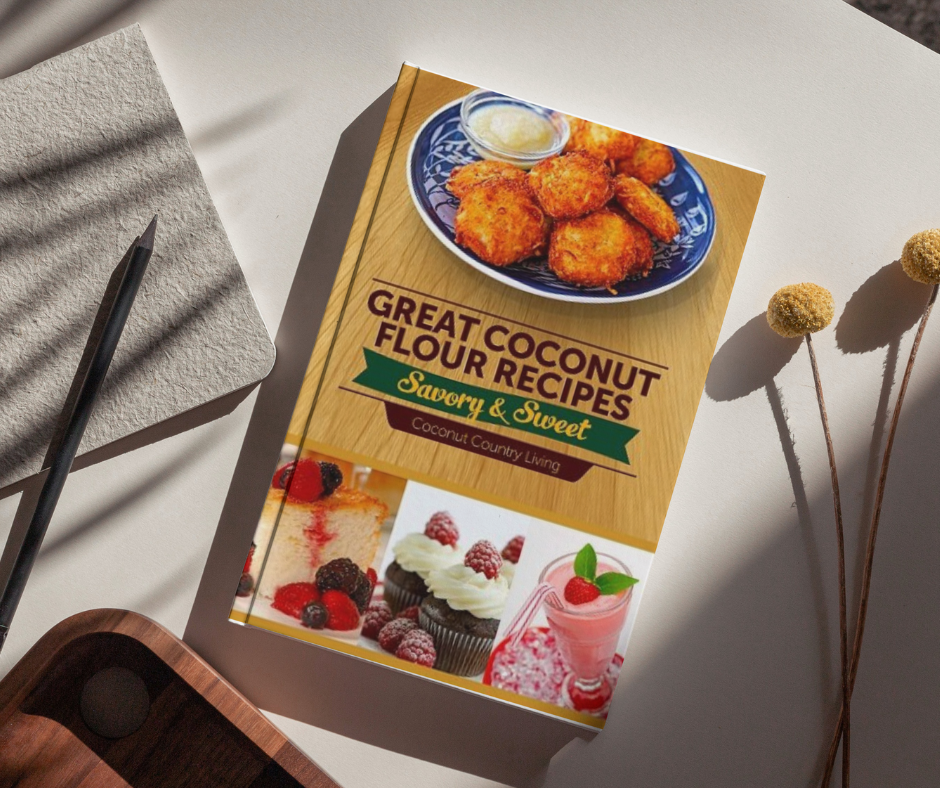
When you purchase any of Coconut Country Living products, you’ll receive a free e-Book written by best-selling author, Michael DiSalvo’s! This e-Book offers expert tips and recipes to make the most of organic coconut flour.
Discover creative ideas for fluffy baked goods, guilt-free treats, and savory meals. Whether you’re a beginner or a seasoned gluten-free baker, this guide will help you transform your recipes. Get your free e-Book today and unlock the many possibilities of coconut flour!
Check it out here at Amazon.com/CoconutCountryLiving or store.coconutcountryliving.com while we are still in stock, and we will see you in Coconut Country!
.Happy baking!
